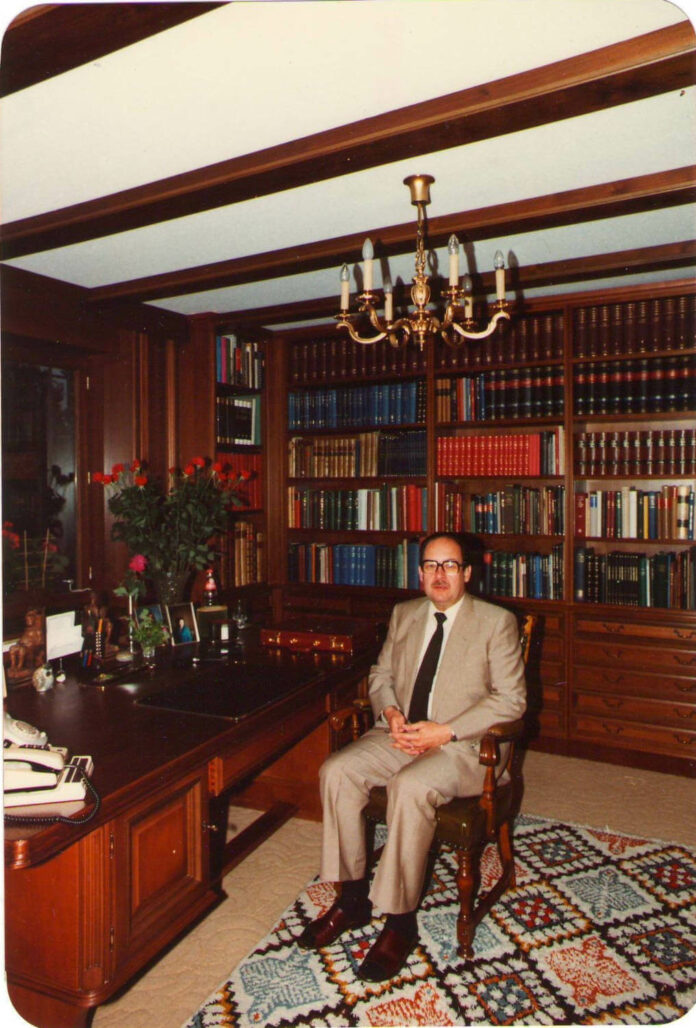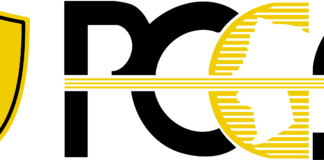On 16th January 2022 Dr Efrem Marcel Pegan will celebrate his 90th birthday. Born in Ljubljana in the Kingdom of Yugoslavia, Pegan grew up well protected in an educated middle class family devoted to works of the Fine Arts – antiques, paintings, graphics, silver work, coins, medals, gems – and above all to literature. During the Italian occupation of the province of Ljubljana, when the capital was completely surrounded by a barbed wire fence to protect it from attacks, ten-year-old Efrem mostly stayed inside the house. He eagerly occupied himself with the coin and book collection which had been in the family for generations. These treasures exerted a particular fascination on him that should determine his future path in life.
Pegan the Researcher
Pegan studied Classical Archaeology, Ancient History and Philology at the University of Ljubljana. In his dissertation (1984) he analyzed the emissions of usurper Tiberius Claudius Marinus Pacatianus († 249) from the Viminacium mint in the Roman province of Moesia. From 1959 to 1974 Pegan worked at the Slovenian National Museum in Ljubljana, initially as a restorer and from 1964 as keeper of the coin cabinet headed by Aleksander Jeločnik. During this time Pegan published a large number of scholarly articles in domestic and foreign journals, dealing e.g. with Roman coin hoards on the territory of modern Yugoslavia, ancient coin dies and imitations of talers in the Balkans. He supported Patrick Bruun in the preparation of the seventh volume of the Roman Imperial Coinage (Constantine and Licinius, 1966) by providing numerous specimens and plaster casts.
Pegan the Editor
As an editor, Pegan was responsible for the Numizmatični vestnik, which he had co-founded, as well as the museum magazine Argo for many years. From 1968 to 1976 he regularly contributed to the semi-annual bibliography Numismatic Literature of the American Numismatic Society.
With official permissions for traveling abroad Pegan set out on educational journeys to Central and Western Europe, Turkey and the Middle East; in the footsteps of Alexander the Great he advanced into the Gedrosien desert. Further destinations were the coin collections of the American Numismatic Society in New York, the Hermitage in St. Petersburg, and the Haaretz Museum in Tel Aviv. Cooperations with colleagues like Robert Göbl, Günther Dembski, Hans-Jörg Kellner, Giulio Bernardi, Franco Panvini Rosati and Giovanni Gorini led to personal, lifelong friendships.
Pegan the Antiquarian
After working in Brussels, Milan, Lausanne and in Zurich with Leo Mildenberg, the director of the Numismatic Department of Bank Leu & Co., Pegan finally settled in Munich, where he and Gertrud Gürsching opened a bookstore specializing in numismatic literature. From 1967 up to 1988 52 sale lists were published. Under the company names “Münchener Numismatisches Antiquariat” or “Numismatisches Antiquariat Dr. E. M. Pegan” respectively (originally based in Munich and later moving to Dießen and Gilching, Upper Bavaria), Pegan organized 33 auctions (1987–2003), at which, in addition to books, selected coins, gems, and antiques were offered.
Pegan’s splendid private book collection consisted of around 7,000 volumes mostly in exceptional preservation, magnifically bound and meticulously cared for. This library including some book holdings of the famous coin and art dealer Dr Jacob Hirsch (1874–1955) from Munich, later New York, was largely acquired by Numismatik Leu in Winterthur in 2020.
Now at an advanced age, Dr Pegan has retained his passion for historical numismatic monuments and is still active in research and writing. CoinsWeekly would like to express sincere congratulations to Dr Pegan, wishing him all the best, especially good health.




